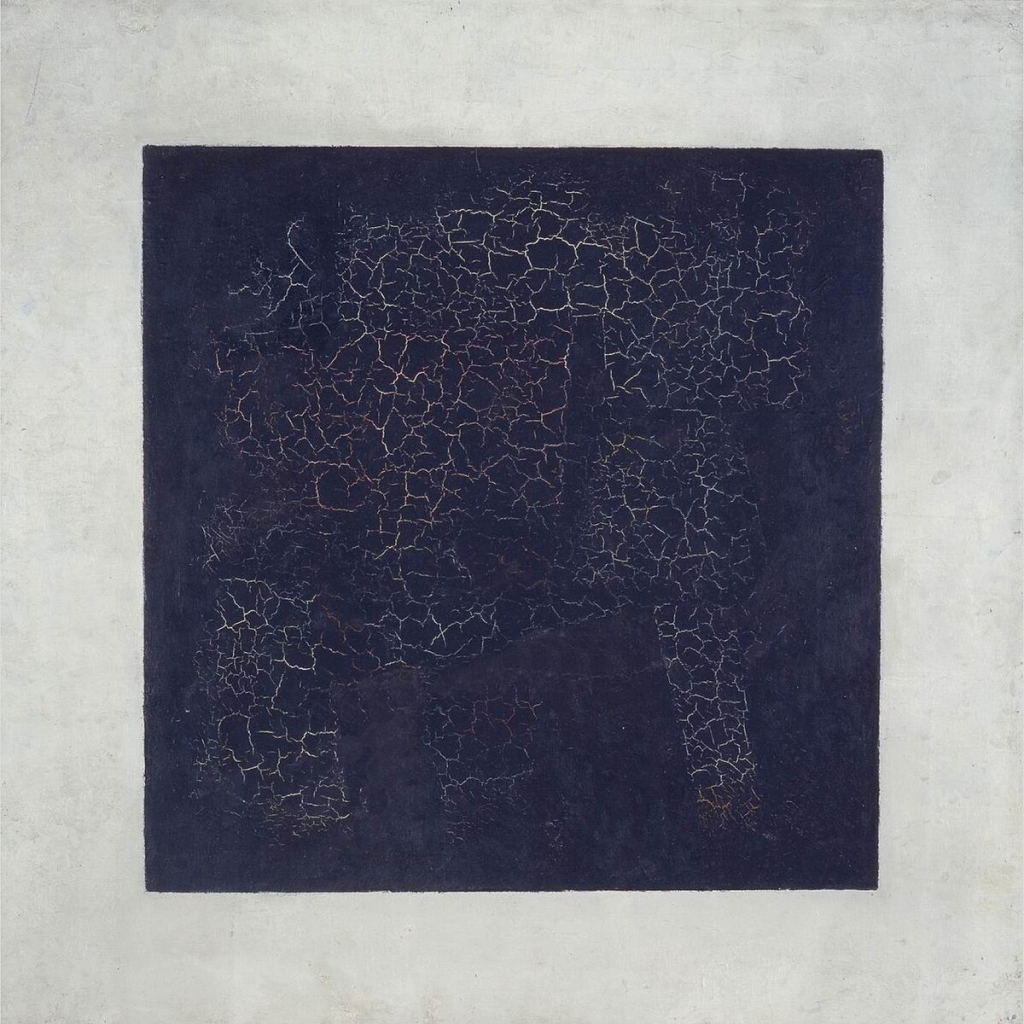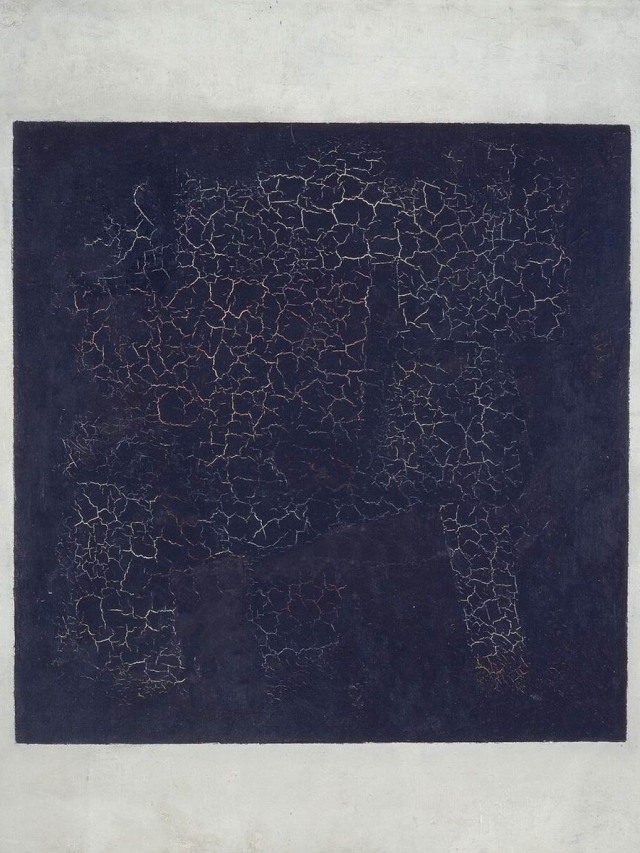Why The Black Square Painting Matters?
One of the most important and radical works in the entire history of modern painting is Kasimir Malevich- Black Square 1915. A straightforward but intricate work within this conventional artistic paradigm shift from representation to abstraction, ‘Black Square’ was at the heart of the Suprematist movement. Here, we run down what Black Square has meant for art history and its lasting resonance.
The Origins of Black Square
Russian avant-garde painter Kasimir Malevich painted Black Square, a work that had been the result of a great fit of experimentation. The white field of the painting is crossed by a regular grid of black lines as well as two diagonals, one at each direction. (The Last Futurist Exhibition of Paintings 0,10 photo, Petrograd [now St. Petersburg], 1915) It was time of very significant social and political change in Russia, and Malevich decided to embody the spirit of his age with a new form of art.

The Birth of Suprematism
Suprematism rejected the traditional focus on the depiction of objects and instead emphasised the idea of “pure feeling” in art. Malevich’s Black Square is often regarded as the birth of Suprematism, an artistic movement that focused on pure geometric forms and the supremacy of colour and shapes over representational content. The simplicity of Black Square challenged viewers to reconsider the purpose and essence of art, making it a cornerstone of abstract art.
The Symbolism of Black Square
Though it might appear a rather rudimentary geometric composition, Black Square was in fact conforming to a broader philosophical and symbolic context. As Malevich stated, the black square is a zero point, i. e. she began his journey art with him again. The black square represents the emptiness, the uncertain and many potential in an abstract world. The insignia of the black square against a white background show up as an invisible canvas of potential from which new ideas and forms can move outward.
Impact on Art History
Black Square has had a major impact on the direction of modern art. It changed the perception of what art was by shifting its away from reality to a representation of more abstract ideas and emotions. The painting inspired subsequent movements, such as Constructivism, Minimalism, Conceptual Art. Artists as diverse as Piet Mondrian, Kazimir Malevich and Wassily Kandinsky were all inspired by the concepts behind Black Square and its influence can be seen in art right up to the present day.
The Controversy and Legacy of Black Square
Such an important painting is naturally not without its controversies, and Black Square did not escape. There was criticism, of course — it was not an exterior world and most critics could only see the barebones and ask if this can even be considered art. However, it was Malevich’s daring step to make this work that launched a debate lasting over the century. Now housed in the State Tretyakov Museum in Moscow, Black Square sparks debate as a discussion point to answer the age old question: what is art for?
Conclusion
Representing many times more than just a black form on a white surface, Kasimir Malevich’s Black Square is an iconic artwork that transformed the direction of art as a whole. In this fractious age, by parting ways with representational art in favour of abstraction, Malevich made available a new realm to artists and viewers. Its rule-breaking inspiration has cast a long shadow over the rest of the art world, representing an ever-relevant symbol of rebellion and liberation.
Feature Image Courtesy: Tate Tretyakov Gallery, Moscow






